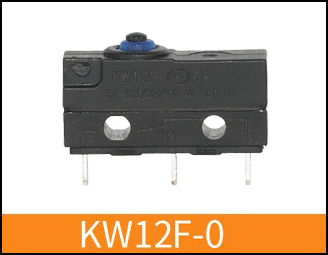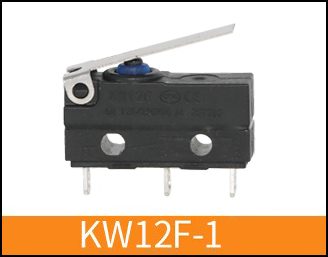1. Principle and application of waterproof tact switch
The working principle of the waterproof tact switch: Example: After the 220V alternating current passes through the bulb H and the rectifier full bridge, it becomes a DC pulsating voltage, which is added to the thyristor VS and R branches as a forward bias.
1. When the brightness at night is less than a certain level, the photodiode D presents a high resistance state of ≥100KΩ, which makes the triode V conduct forward, and the emitter has a voltage of about 0.8V, which makes the thyristor VS trigger and conduct, and the bulb H emits light.
2. When the brightness in the daytime is greater than a certain level, the photodiode D presents a bottom resistance state of ≤1KΩ, which makes the triode V cut off, its emitter has no current output, and the one-way thyristor VS is blocked because there is no trigger current. At this time, the current flowing through the bulb H is less than or equal to 2.2mA, and the bulb H cannot emit light. Resistor R1 and Zener diode DW make the V bias voltage of the triode not exceed 6.8V, which can protect the triode. RP is a brightness selection element that realizes switching in the early morning or in the evening.
The process of the waterproof tact switch: stamping–injection–cleaning–assembly–molding–inspection, its color is relatively single, because the waterproof tact switch has high requirements on the production environment, so the higher the dustproof level is used. Workshop production is more guaranteed to product quality. In addition, the cost and price of waterproof tact switches are relatively low, and generally there will be no major price adjustments due to fluctuations in market raw materials.
There is a switch that is very similar to the waterproof tact switch, which is called a membrane switch. The difference between it and the waterproof tact switch is that the membrane switch is a button with its own line, usually the upper layer is composed of PET or PC and other materials with text. Or patterned panel, the lower layer is a conductive circuit, the middle layer is a double-sided tape made of PET material that simulates the switch form and acts as an isolation, and the lower layer is usually the contacts and connecting lines on the PET material. The membrane switch is convenient and flexible to use, and can be customized in different colors, sizes and appearances according to different needs.
Post time: Sep-14-2022


